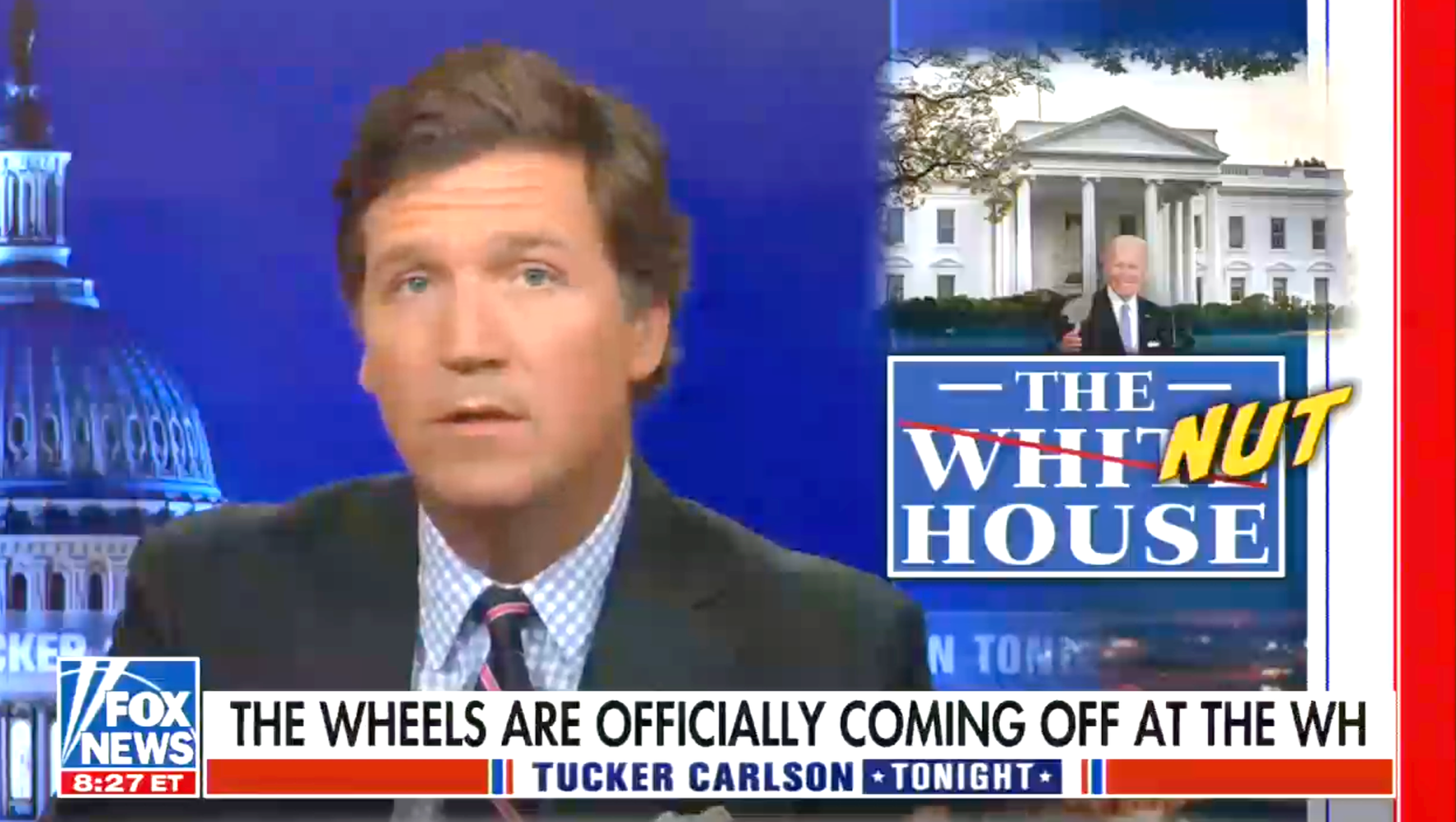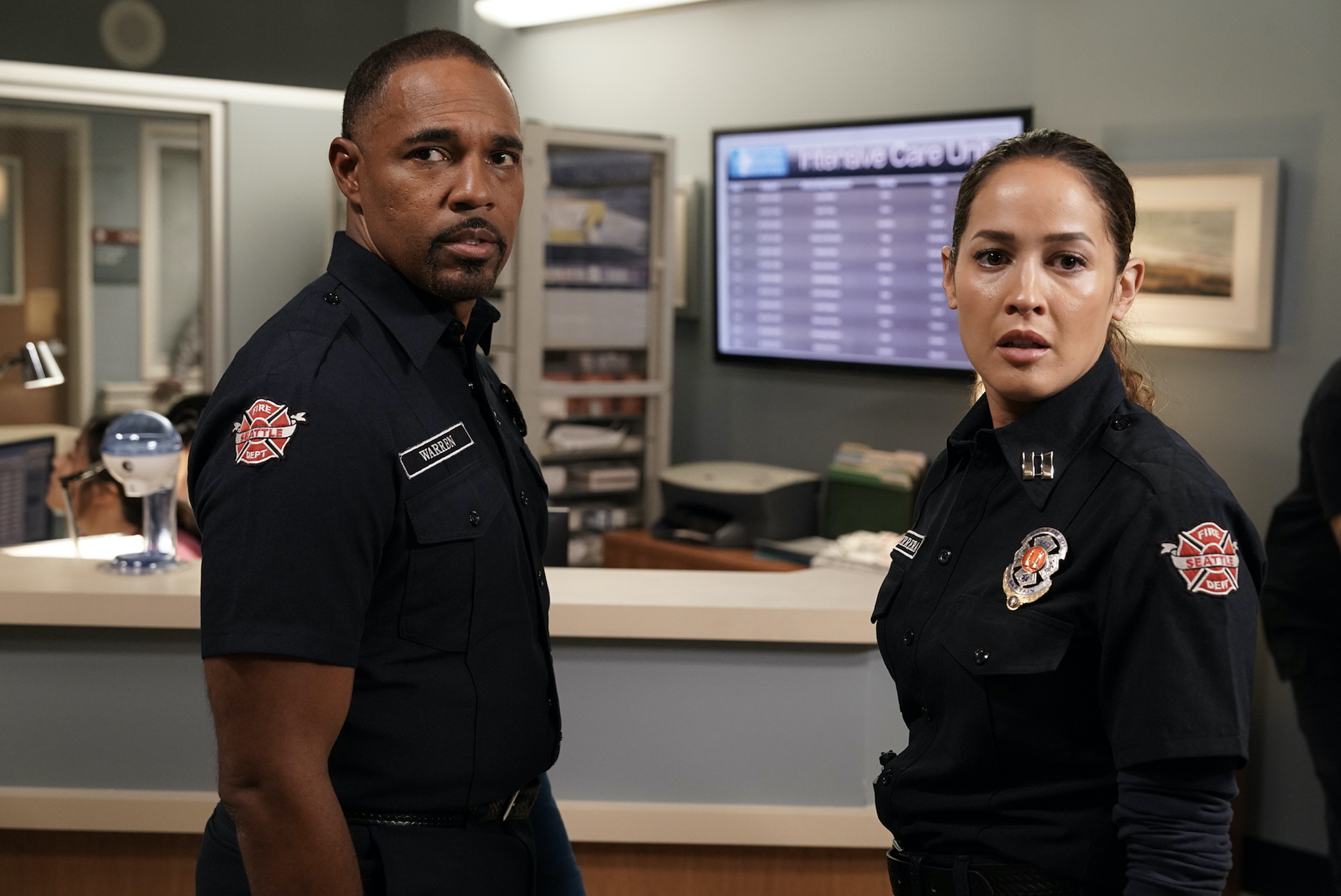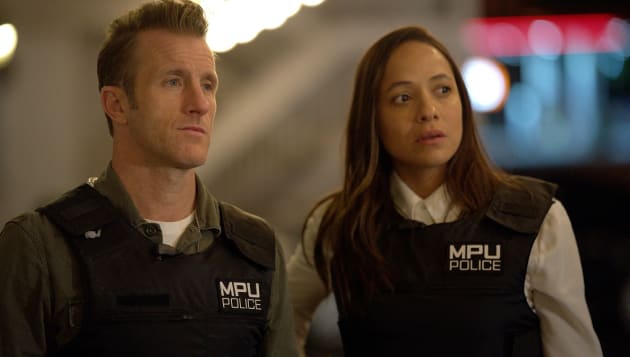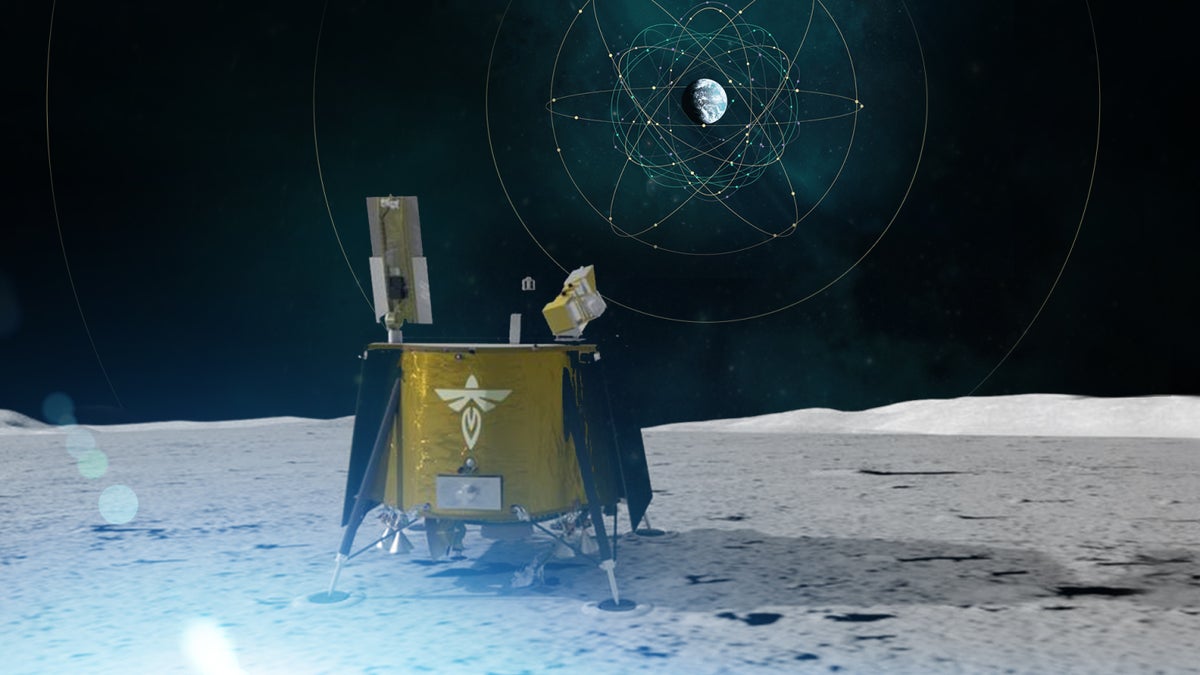[Warning: This story contains spoilers for Top Gun: Maverick.]
Top Gun: Maverick aerial coordinator Kevin LaRosa let out such a loud yell when he got the phone call offering him the legacy sequel, he scared his family.
Originally hired to be the film’s camera pilot, the veteran aerial cinematographer quickly impressed the producers, who in turn promoted him to the coordinator role, which included leading briefs before footage flights.
Having worked on several Marvel films in assorted aerial production roles, LaRosa is no stranger to big-budget tentpoles. And yet, the Top Gun: Maverick experience was somehow more magnificent than any of those epics. Why? Two words: Tom Cruise.
In an interview with The Hollywood Reporter, LaRosa talked about what went into the intense training for the cast and explained why it was vital. LaRosa also shared his favorite Cruise memory and made clear why there was zero chance Top Gun: Maverick would land anywhere but movie theaters.
How did you become involved with the film?
I got a phone call from the executive producer saying, “We’re finally doing this thing. And you are one of the best camera jet pilots in the world. And we want you to do camera jet flying on Top Gun: Maverick.” We had a nice little talk and, after I hung up the phone, I’m pretty sure I yelled at the top of my lungs in the backyard with joy. It definitely startled my family. My role evolved. I started as the camera jet pilot and as the producers saw my experience, they expanded on my role, and I became the aerial coordinator for the entire movie.

Kevin LaRosa at the San Diego Top Gun: Maverick premiere.
Vivien Killilea/Getty Images for Paramount Pictures
How do you explain your job to folks who don’t know anything about the film industry?
My job is to oversee the plan and help facilitate all of the aerial cinematography throughout the movie. Things like the safety of the flights and the logistics of working hand-in-hand with the United States Navy for the data assets. My job was to lead the briefs for them to go fly the F-18s. My job was to also lead the debriefs when we were watching our footage with Tom [Cruise] and Joseph [Kosinski] and Jerry [Bruckheimer] and our creative team. I helped train the actors on how to fly and took them through this training program that we designed by Tom.
Safe to assume the job was even more intense, given this was a major Tom Cruise legacy endeavor?
Absolutely! Vastly different from any project I’d ever been on before! Tom Cruise gave us a very motivational speech that I think set the bar for the entire cast and crew, allowing us to dive into this project very focused on what our primary mission was. In this speech, he said, “We’re making a sequel to a very iconic and historic film, and we couldn’t make this film until there was a story to be told. And we couldn’t make this film until there was technology available to help us tell this incredible story. And here we are: The story is incredible, and now we have this technology. Our primary mission is to reach a level of excellence in cinematography that had never been seen on the big screen. We want to obtain a level of perfection that has not been seen before.” That speech resonated deeply with myself and the entire crew, and I think it really set the pace for the entire group.
Why was it instrumental that the actors were in the jets, and how would you explain the g-force they experienced?
[Director] Joseph Kosinski and Tom Cruise knew that this footage and the performances had to be practical, had to be real. There’s no way to act and show that kind of distortion in one’s face when you’re not feeling [g-force]. So all of the cast flew in these aircrafts. Most people will know the feeling of g-force from a roller coaster — when we feel our body being pressed into the seat. You’re feeling some g’s, but nowhere near to the extent the cast felt in an F-18. You might be feeling two g’s, but when you were in these F-18s, they were pulling up to 7.5 g’s. That’s something like 1,700 pounds of force on your shoulders and your head in your chest. And it’s trying to drain all of the blood out of your upper body, and you have got to fight to keep that blood in your upper body, or you simply go to sleep. You have to train your body to be able to withstand those deep forces, and you have to understand the physiological effects of what they’re doing and how to overcome them.
Fair to say Tom was more hardcore than anyone about every moment looking real, because every moment was real?
It’s not only fair to say — it’s the truth. Nobody did anything that Tom hadn’t already tried. He does that because one of his best qualities is that of teaching and helping others, giving tips to better understand aviation and the physiological effects to help perfect the performance. Tom is the hardest on himself, not only because he wants excellence, but he helps others around him kind of achieve that status, including myself. He’s extremely motivating. When I work with him, I get this heavy level of motivation to try to achieve the same level of excellence.
Everyone I have talked to involved in the project has a favorite Tom moment. Mind sharing yours?
The one that resonates with me most is a day early in production when Tom was first going out in the F-18 to start doing some of his cockpit footage. We had just finished a two-hour mission brief. And out comes Tom, and as he’s walking out towards me, I got instant chills. He looked absolutely incredible, and watching him walk up the ladder on the side of the jet and get in was a moment that I will never forget. I felt like it was history in the making. We could definitely feel the gravity of what we were doing.
Of all the phenomenal aerial moments, which was your favorite to shoot?
When we got to the final sequence of the movie, it was some of the most energetic and dynamic flying that we had done. And I think that plays on the big screen when you watch the final sequence. The energy that you’re seeing in the final sequence was absolutely what we were feeling when we were out there. When I was flying, it was very visceral, it was very surreal. What we were doing in those F-18s was probably the pinnacle of my career. It is some of the wildest and most beautiful aerial cinematography that I’ve ever seen. So the final sequence is really my favorite part of the movie.
It is crystal clear to audiences now that this film had to be experienced in the theater. Was there ever any doubt that would happen, given the stress and uncertainty of the pandemic?
There was no way that was going to happen. It’s so important that this is a theatrical experience. When you’re sitting in a movie theater, watching it on this massive screen, and you can feel the sound in your chest when a Hornet and F-18 super Hornet is starting up — that’s the experience of this movie. It’s the only way you’re going to get that visceral thrill ride, and that’s what people deserve when they watch this movie because that’s what it’s built for.
Interview edited for length and clarity.
Top Gun: Maverick is in theaters now.



























































